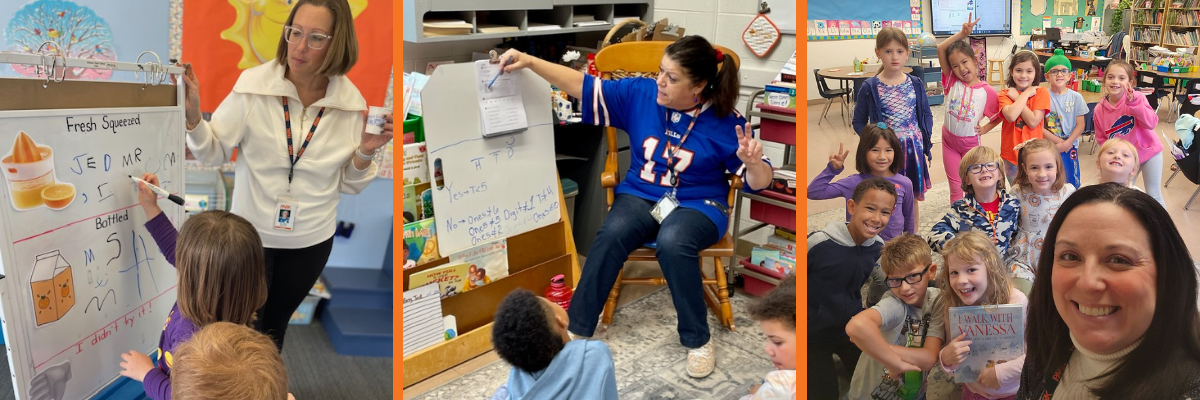« Back
.png)
.png)
.png)
Educating Children in the Age of Anxiety
January 9th, 2025

As a school leader, I believe that it is crucial to explore the multifaceted aspects that contribute to professional, personal, and emotional investments that educators make in their work. Just as families make an investment sending their children to an independent school, teachers make an investment in their school as well.
.png)
In November, I had the opportunity to explore this idea at the New York State Association of Independent Schools Division Heads Conference with our Head of Middle School, Amy DiChristina, and our Head of Upper School, Charles Hartney. This year’s conference theme was “Investing in Excellence: Unveiling the True Cost of Teaching.” As the theme of the conference suggests, we explored the challenges, sacrifices, and rewards that shape the teaching profession. Since returning from the conference, I have had some time to reflect on some of the themes presented.
There were so many great workshops over the course of the three-day conference, but the one that resonated with me the most was titled “The Only Thing We Have to Fear: Educating Children in the Age of Anxiety”, presented by Shefa School’s Assistant Head of School, Yoni Schwab. I feel strongly that the foundational years of school are critical in shaping who our children will become as adults. I believe that it is critical to teach children not only academics but how to begin to navigate life’s obstacles.
.png)
What is causing the rise in anxiety amongst young children? As participants, we learned a great deal about the factors contributing to the increase in anxiety, including social stressors like politics, health, violence and crime, social isolation, social media, the economy, and the rapid pace of change in the world.
How can parents and educators help support children who are experiencing high levels of anxiety? First, it is important to recognize the signs and symptoms. Being afraid about something is normal; it is what helps keep us safe to a certain degree. Fear becomes a cause for concern when it is unrealistic, out of proportion, or interferes with a child’s normal routine or ability to participate. Some warning signs for anxiety would include but are not limited to: avoidance, withdrawal, somatic complaints (like stomach aches without being physically sick), insomnia, fatigue, explosive anger, oppositional behavior, and an articulation of worrisome questions of “what if”.
Second, we learned that the number one behavioral treatment for anxiety is exposure, doing the “thing” you are afraid of. Yoni used the term “comfort addiction”, which refers to not pushing children to do certain things out of a concern that they will be made uncomfortable or have a negative response. However, one of the best ways to support children experiencing anxiety is to support them with facing their fears and working through the challenge. We can do this by giving support along with acknowledgement of the difficulty of facing one’s fears, instead of using protective statements such as "everything will be fine,” we acknowledge the hard task and let them know that they can accomplish it with a phrase like “I know this is really hard for you, but you can do hard things, and you can get through this.” This helps to support resilience and allows children to climb over that panic peak and distress by not allowing them to avoid/escape hard things in life. Every time we avoid it, we make the hill larger. Supporting with love, care, encouragement, and trusting relationships can ultimately help children work through some of their biggest fears.
.png)
The reality is that everything is not fine all the time nor can we assure our children that they will not face hardship in their lives. But, if we can equip them with the skills and build the habits they need to get through difficult times, while simultaneously offering consistent validation and support, they will be better equipped as adults. Some level of anxiety will always exist, but eventually our kids will learn to work through it with support and reassurance. Let go (a little), and let grow.
I look forward to doing this work together, as partners, the educators and parents.
Posted in the category Professional Development.




